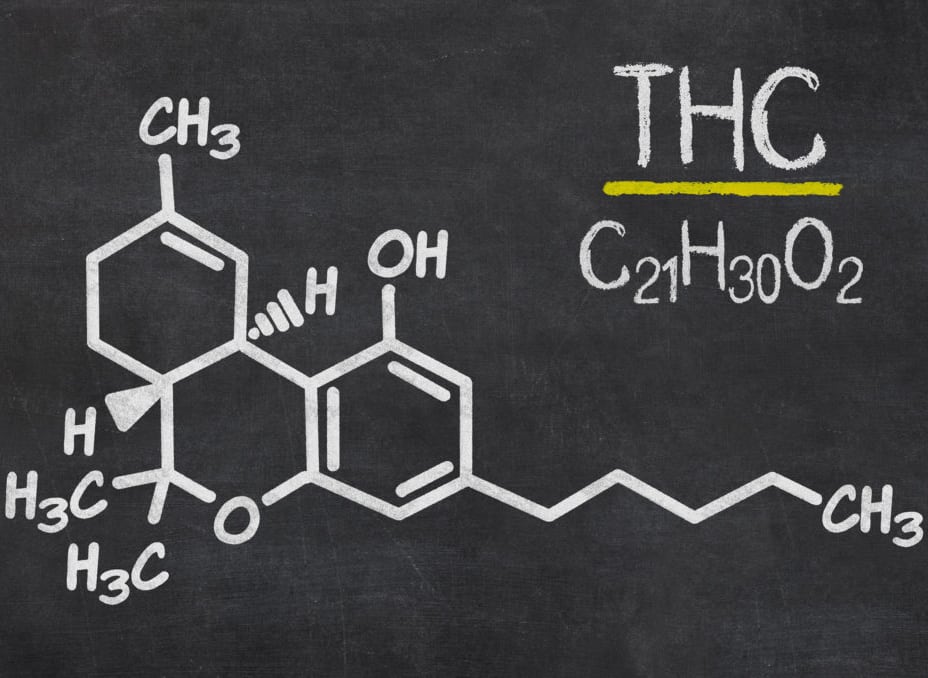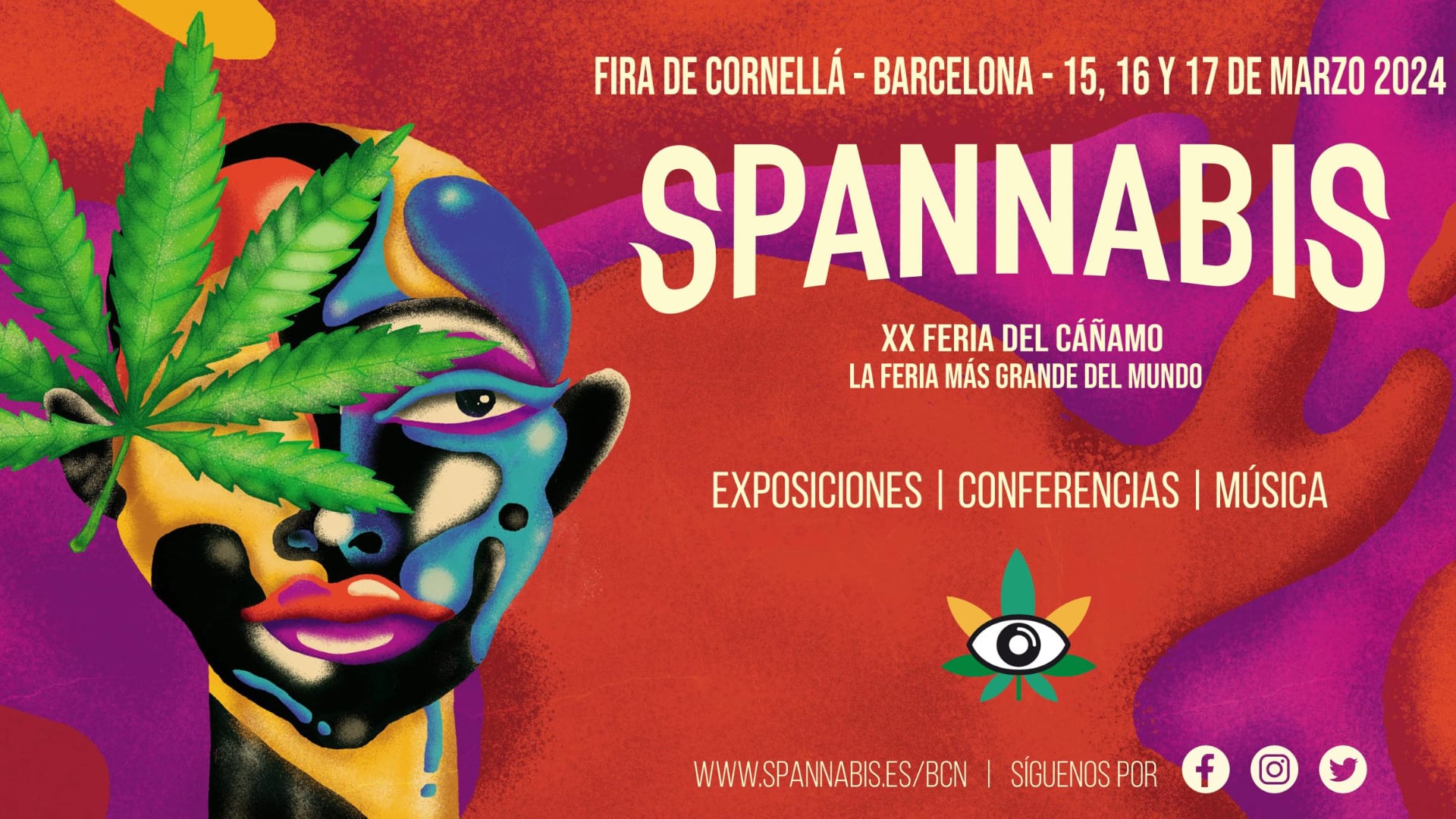The use of cannabinoids as medicine is a journey that spans millennia, with a rich history deeply rooted in various cultures around the world. From ancient medicinal practices to the modern era of scientific exploration, cannabinoids have played a role in human healthcare for centuries. This article delves into the fascinating history of cannabinoids as medicine, tracing their path from ancient traditions to contemporary therapeutic applications.
Ancient Roots
Chinese and Ayurvedic Medicine (circa 2000 BCE):
Cannabis, the plant source of cannabinoids, has a long history of use in Chinese and Ayurvedic medicine.
In ancient China, cannabis was mentioned in medical texts for its therapeutic properties, including pain relief and anti-inflammatory effects.
In Ayurvedic medicine, cannabis was utilized for a range of ailments, believed to balance various bodily functions.
Ancient Egypt (circa 1550 BCE):
Evidence suggests that ancient Egyptians used cannabis for medicinal and religious purposes.
Cannabis was incorporated into various remedies, and its use extended to addressing conditions such as inflammation and glaucoma.
Greece and Rome (circa 200 BCE – 200 CE):
Greek and Roman physicians, including Dioscorides and Galen, documented the medicinal properties of cannabis.
Cannabis extracts were used for pain relief, gastrointestinal issues, and as a general tonic.
Traditional Medicine
Indian Ayurveda and Persian Medicine (8th – 14th centuries):
Cannabis continued to be a key component in traditional medicine systems, with formulations like bhang and charas used for therapeutic purposes.
Become a member to access the full article, our library of content and the thriving community.
Join Now





